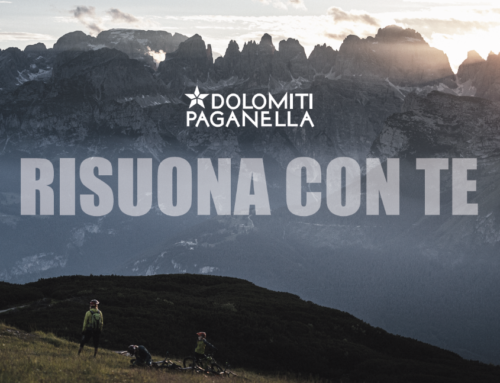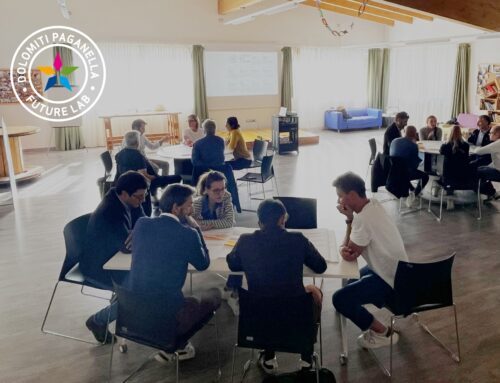Plus a new exclusive and innovative tool for companies, the “Calculator”
Future Lab’s annual public meeting with commercial operators and local residents of our Alpine plateau to assess the year’s activity has effectively become a fixed calendar event, awaited with great anticipation.
After the two public meetings of 29 October 2019 and 29 October 2021 (with a pause in 2020 due to the pandemic), once again this year the Future Lab work group held the event, coordinated by APT Dolomiti Paganella, on 30 November in Fai della Paganella. Participants were brought up to date with the state of progression of the project and the first two outcomes of Future Lab 2.0 were presented: the “Sustainability Good Practice Manual”, in two different versions for companies and families, and the “Dolomiti Paganella Calculator”, a tool intended only for commercial operators.
These two innovative instruments are intended to play a very important accompanying role along the path towards company management approaches and lifestyles in equilibrium with the natural environment and the local community, from the perspective of environmental, social, and economic sustainability. The two versions of the Manual will be distributed free over the coming Christmas festivities to commercial operators and families of the Paganella plateau and San Lorenzo Dorsino.
What features make these two instruments for the community unique in various ways?
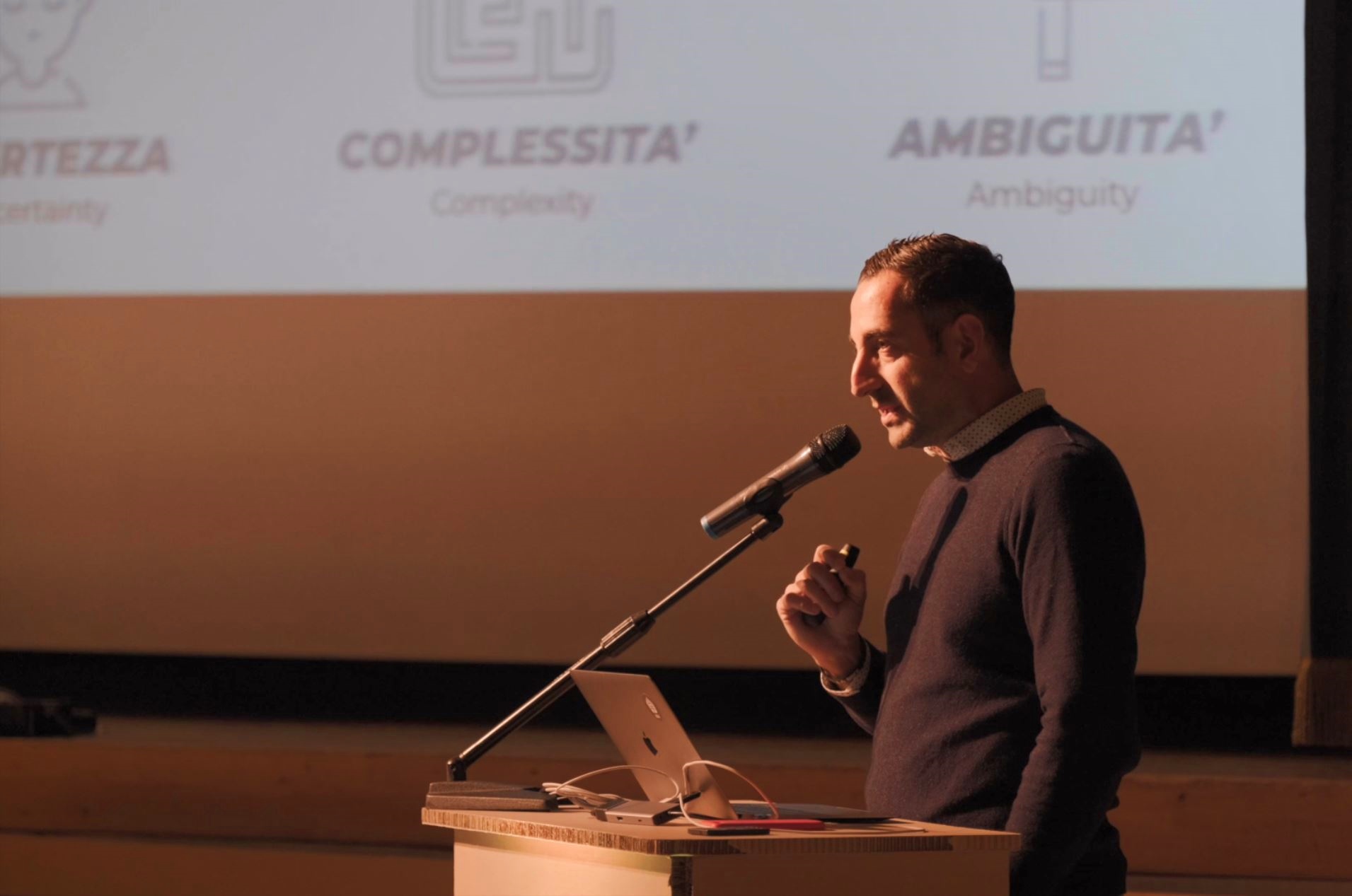
“The main aim of the Manual and Calculator,” explained Michele Viola and Luca D’Angelo, respectively President and Director of APT Dolomiti Paganella, “is to help commercial operators and families achieve the environmental, social, and economic sustainability objectives that the entire community has set itself by sharing Future Lab’s Values Charter.
These are two concrete operative instruments because they suggest a range of good practices that can be implemented with a growing level of commitment. Then, thanks to the innovative digital monitoring of the Calculator, companies are helped along the virtuous path towards sustainability by ensuring that their good intentions are realized, without falling into the trap of ‘greenwashing’.
These are also powerful instruments that can bring about significant benefits for the natural environment and community, with equally important economic returns for companies and families through savings in energy, water, food wastage, transport, refuse management, and single-use disposable products”.
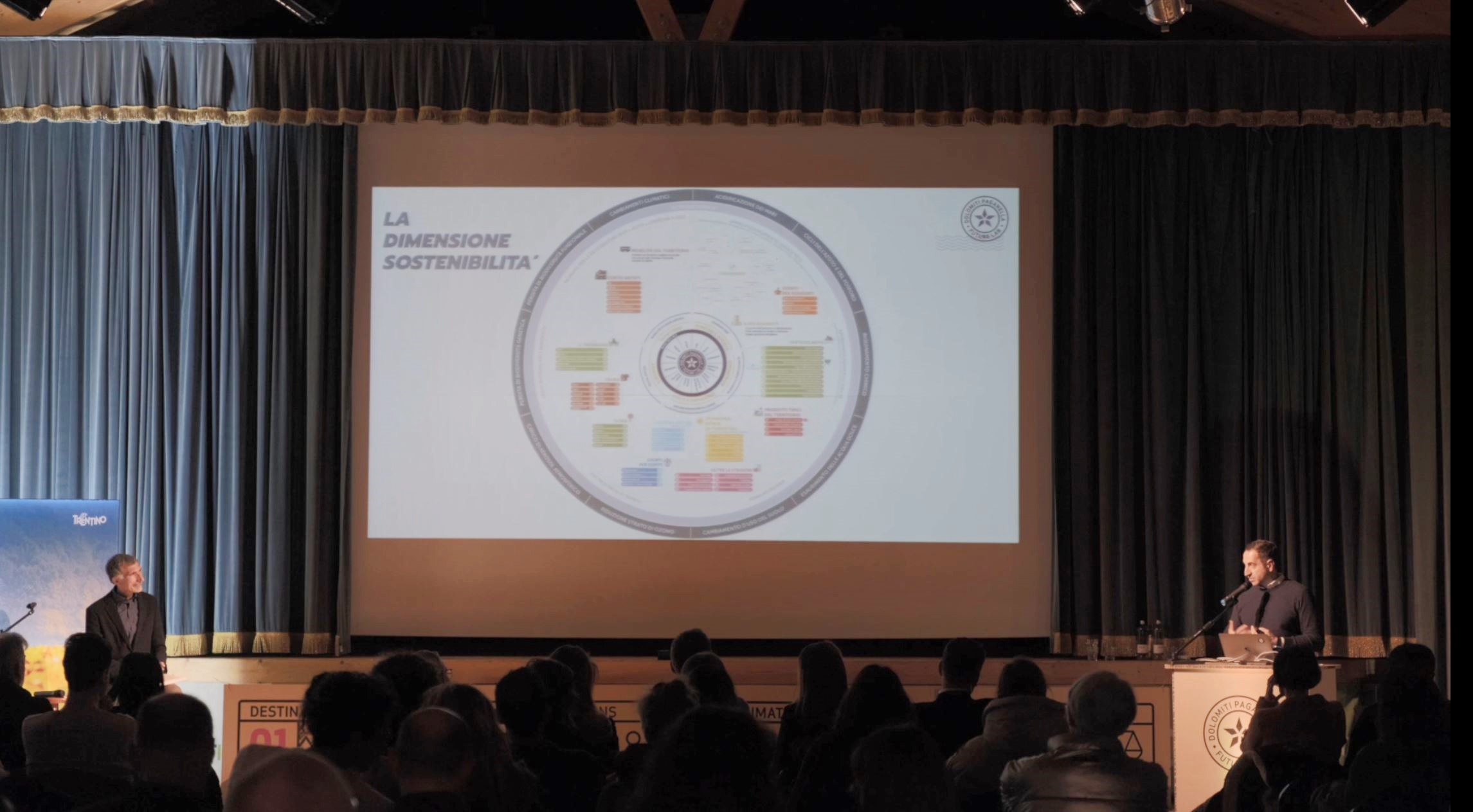
The Manual defines seven fundamental themes for sustainability: energy and gas; water; refuse; biodiversity; social inclusion, diversity and impact; responsible consumption and food wastage; and transport. It then specifies a set of good practices starting from a basic level (the simplest ones with immediate benefits) and then progressing to those that require ever greater levels of commitment.
Companies are offered methods for gradually implementing the various suggested measures, together with a tool called the “Dolomiti Paganella Calculator”, which provides real time measurement and monitoring of costs and consumption, water and energy, refuse production, and carbon emissions produced, in order to identify potential areas for intervention to improve individual environmental impact.
The Manual was drafted by a pool of experts from the Terra Institute and the tsm-Trentino School of Management, based on existing experience and research conducted during the first stage of Future Lab, combined with observations from the most important world institutions as regards sustainable development of tourism, like the Global Sustainable Tourism Council (GSTC), and the World Tourism Organization (UNWTO).
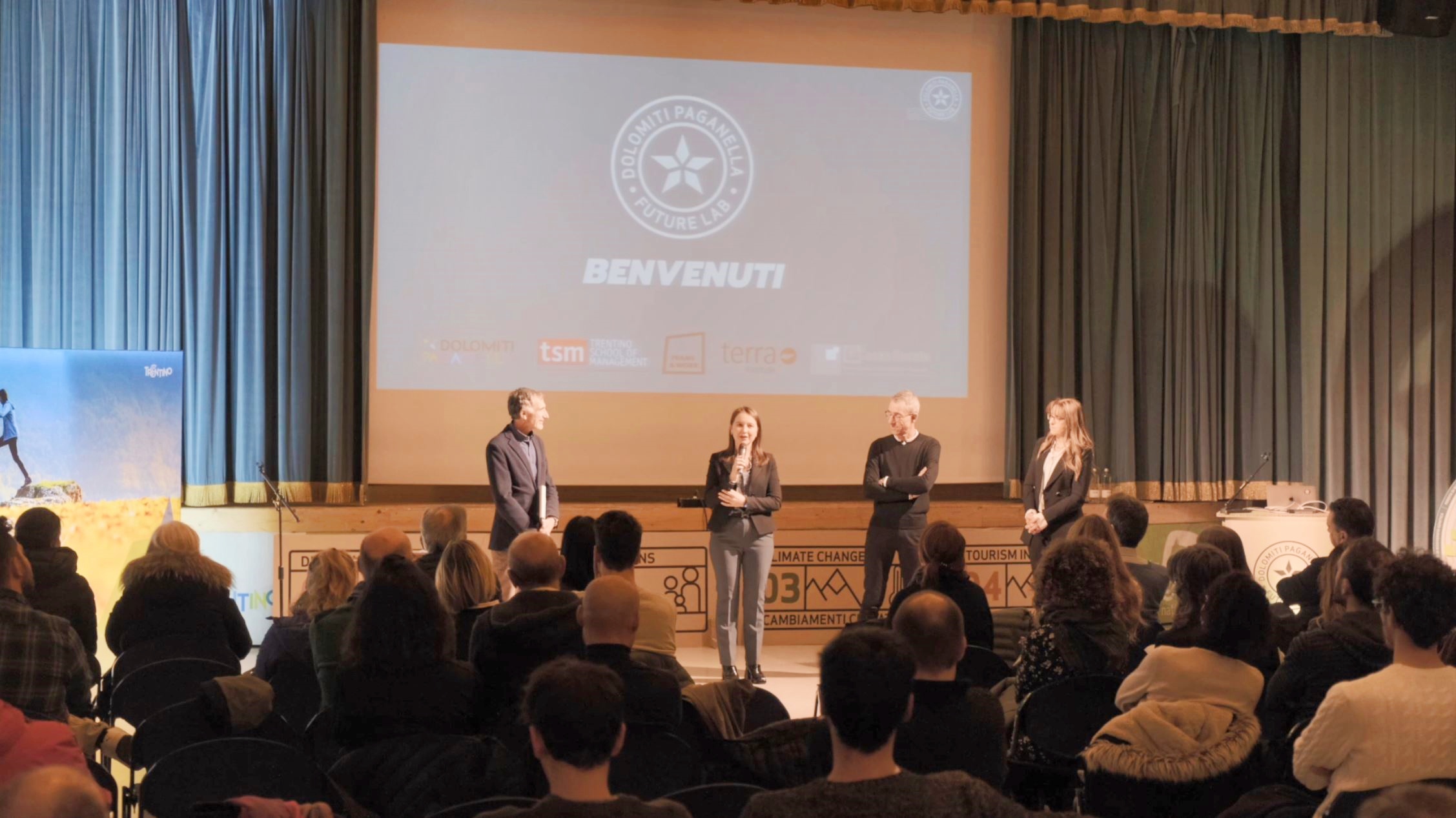
The Calculator was developed as a collaborative project between the Terra Institute and EarthCheck. It provides an assessment of individual consumption over time (year by year or month by month), as well as a comparison with the average for operators in the same category.
This sharing of valuable information helps to understand where and to what extent it is possible to reduce costs, consumption, and emissions to make an activity increasingly sustainable. The platform also gives users access to an informative annual report, including suggestions about areas for improvement in order to achieve their objectives.
During the evening in Fai della Paganella the members of the New Generation Tourism Commission (NGTC) were introduced and the next stages in the project were illustrated. These include work-in-progress on the tourist destination narrative and for sustainability.
For the latter nine themes have been identified: raising awareness and involvement of people in sustainability; sustainable mobility; protection and appreciation of biodiversity; management of water as a resource; advanced management of tourist traffic; design and renovation of architectural heritage; quality of life of workers and residents; refuse; energy supply sources and efficiency.


